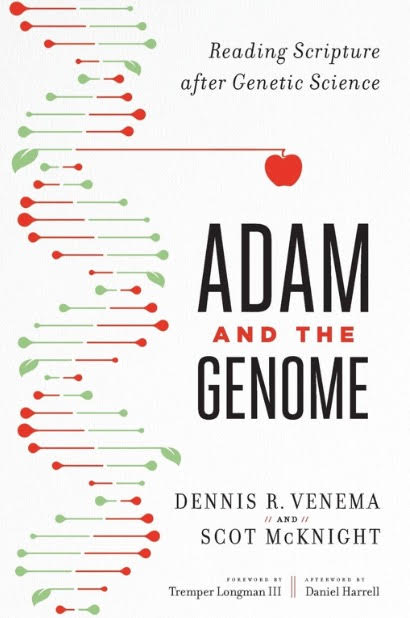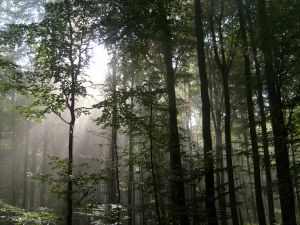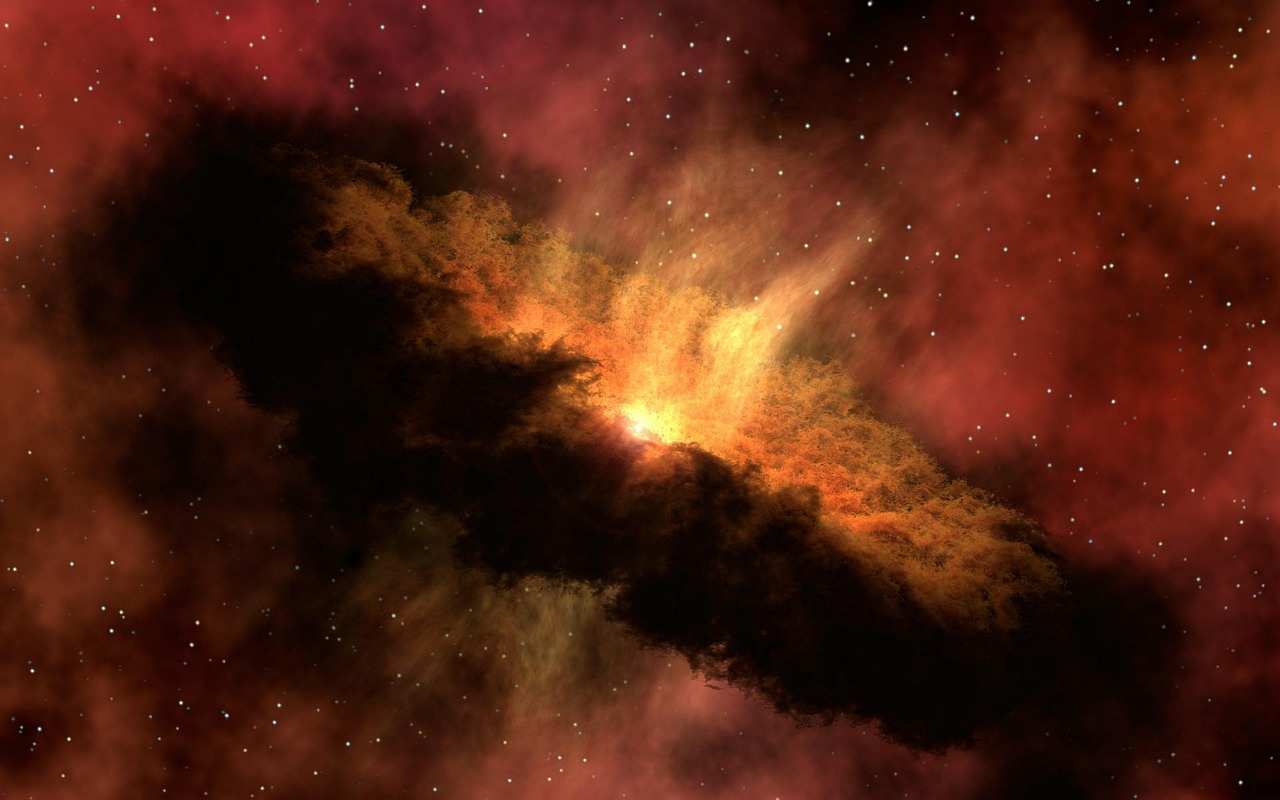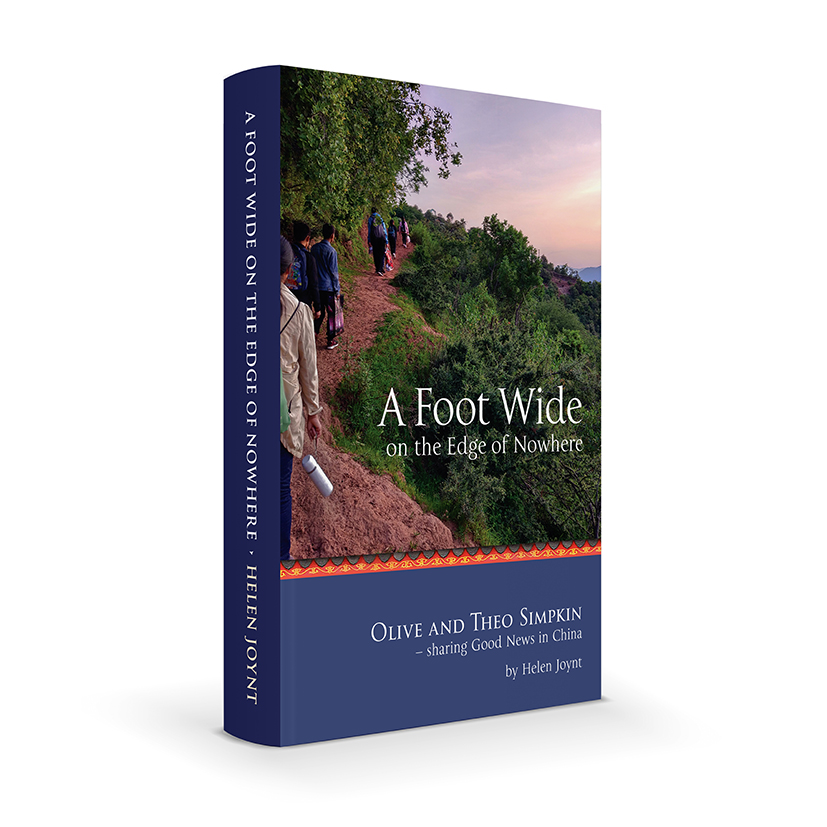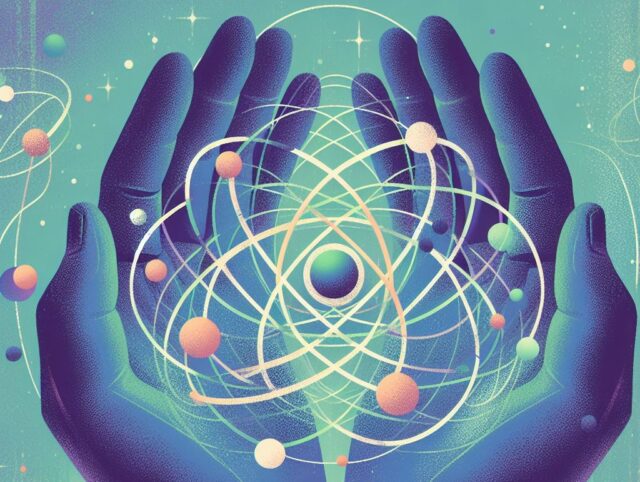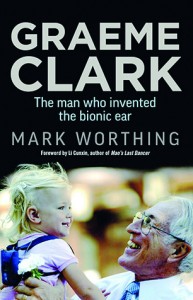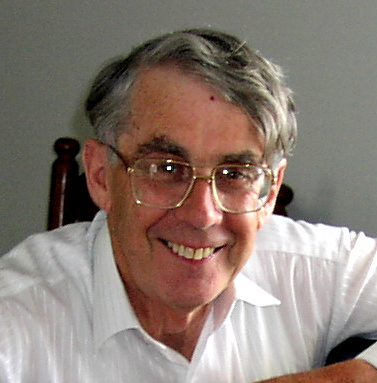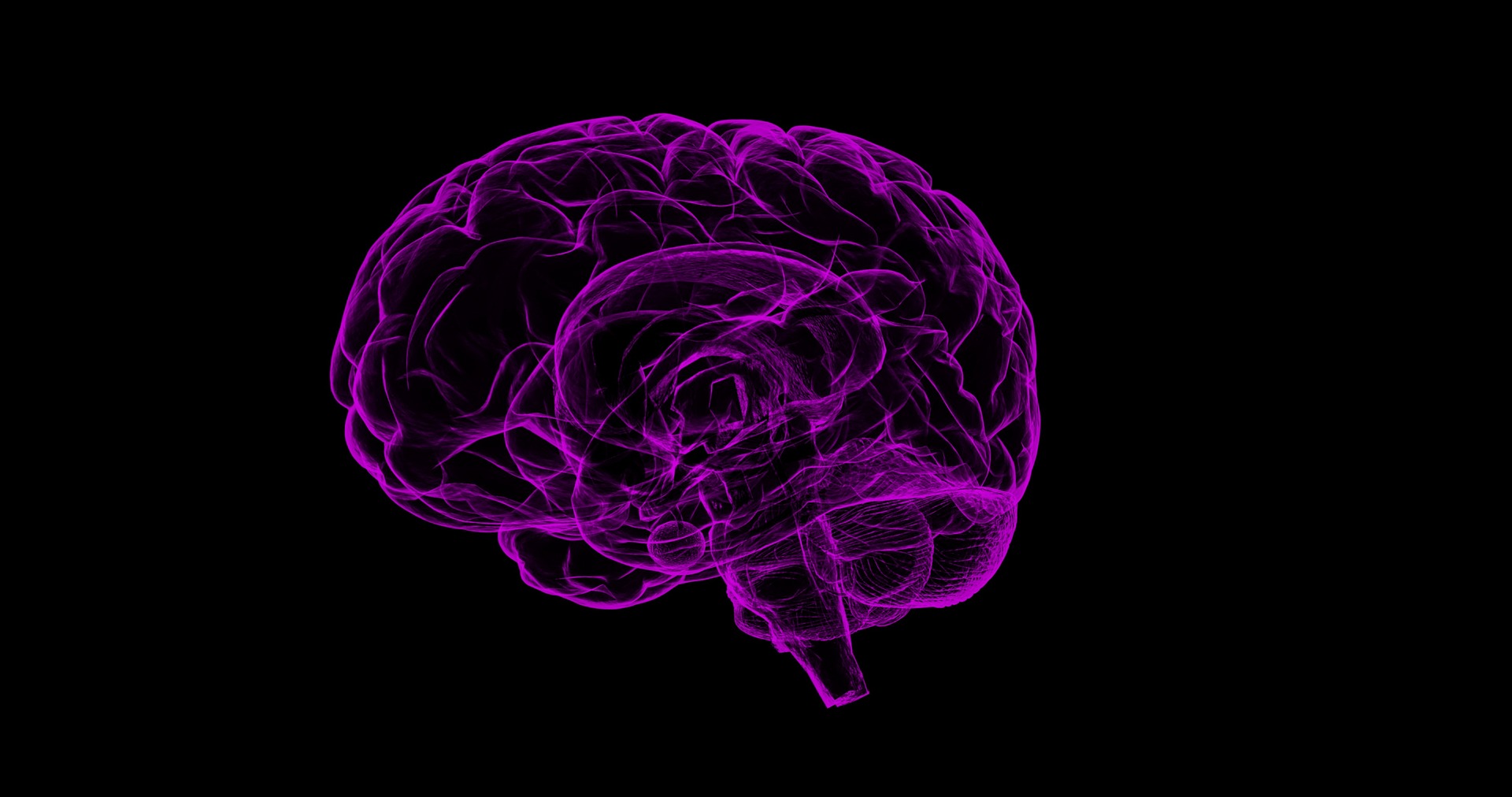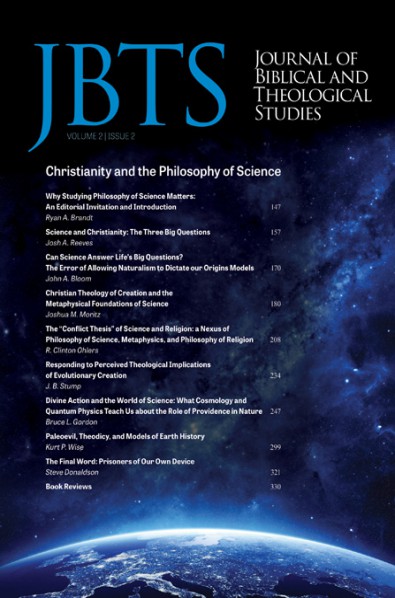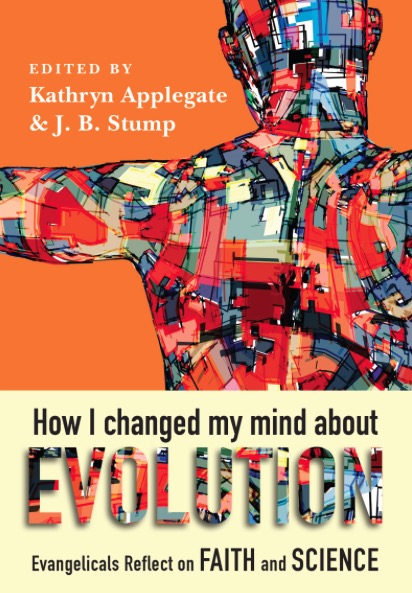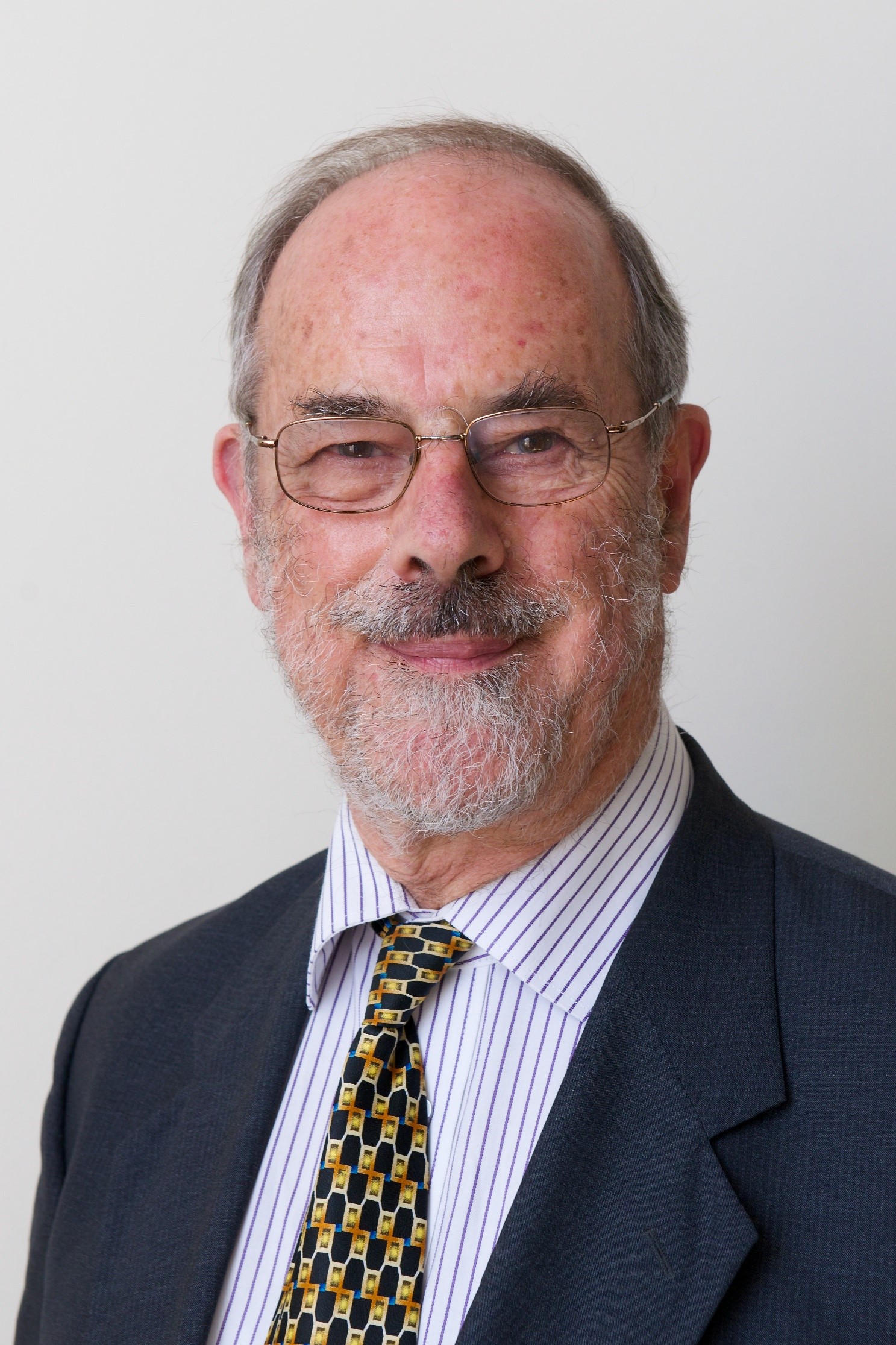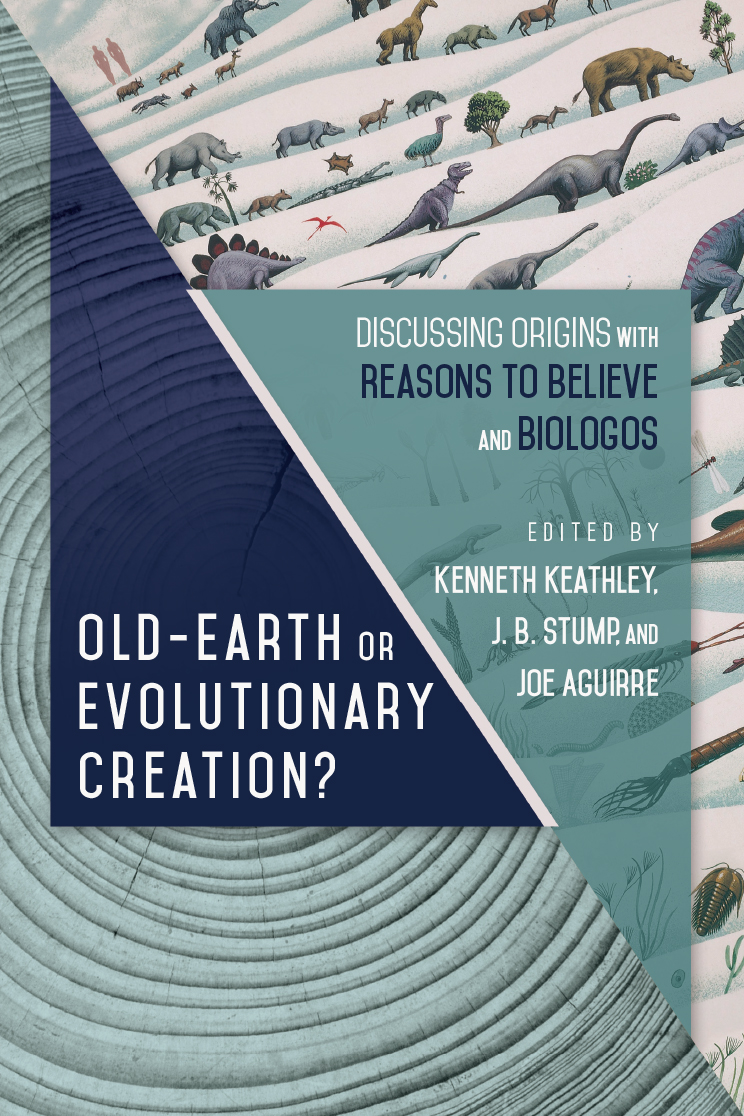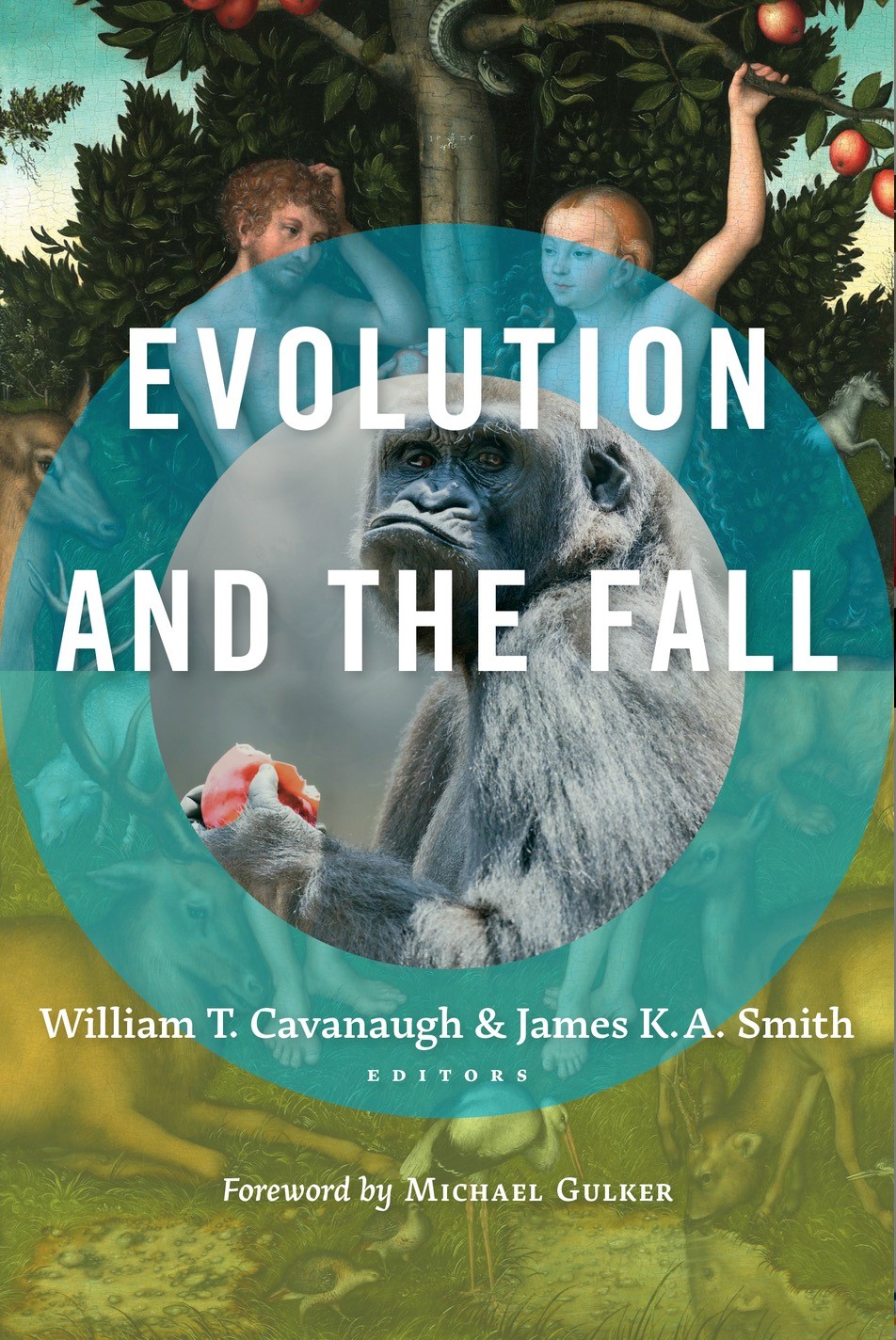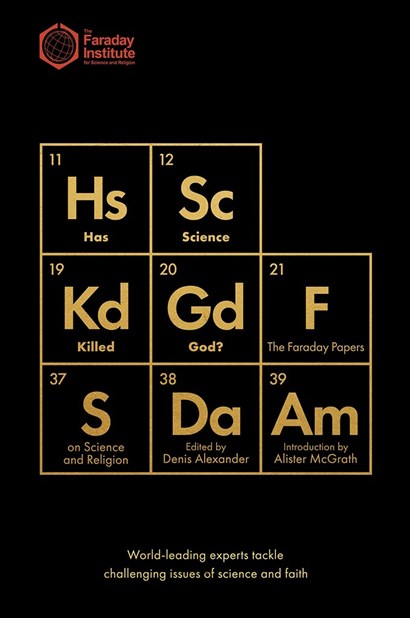


Putting Faith to the Test
James Garth, July 2011
Download PDF
Putting Faith to the Test
James Garth
James is a practising aerospace engineer and a Fellow of ISCAST.
During a lunchroom discussion at work one of my colleagues once remarked, ‘Frankly, I find it astonishing in our modern society that a single, intelligent, educated person still exists who believes in the supernatural, in an interventionist God’.
For those of us who have a career in science or technology, such questions seem to perpetually lurk below the surface, especially so in the West where our societies benefit most visibly from the fruits of scientific and technological progress, yet remain ‘uncomfortably haunted by the memory of religion’ (Williams 2009).
Our innate intuitions that the natural world may point to a transcendent reality beyond itself continue to be challenged by serious thinkers such as Michel Onfray, dubbed ‘France’s most popular philosopher’ (Melville 2007) who openly argues that ‘monotheisms loathe science’ (Onfray 2007). The views of New Atheists like Richard Dawkins and Daniel Dennett have received extensive air-time in recent years, acting as the sharp end of a much larger spear of robustly materialist philosophy and secular culture. Aided by less aggressive atheists such as E.O.Wilson and Steven Weinberg, the picture being painted is one of perpetual conflict, where the forces of science and reason are locked in battle with religions, the ‘armies of the night’ (Asimov 1981), over which they will eventually and inevitably triumph.
This conflict model is not an appealing one for Christians. And it is not a model conducive to the flourishing of intelligent faith, to say the least. A friend of mine put it this way: ‘The way I see it, there’s basically two worldviews; the Christian view, and the scientific view. And to me, the scientific one is so much more compelling’.
He was captivated by the raw, unadorned beauty of the natural world as captured in National Geographic and BBC’s Planet Earth and, perceiving our scientific understandings of such phenomena to be directly in conflict with so-called Christian ‘mythology’, my friend’s insight eventually inclined him towards atheism. This clearly underscores the fact that there remains a real need for thinking Christians who love and respect science to intelligently and responsibly engage with this whole topic, from both an apologetic and pastoral perspective. But how?
The Test of FAITH project
Into this mix a significant international project is underway which is revitalizing and stimulating the way that Christians can think about science and faith and their interaction in the 21st century. Commissioned by the Faraday Institute for Science and Religion, Test of FAITH is an ambitious undertaking that has brought together the sharpest Christian scientists and thinkers to engage with these issues in a gentle, accessible and thoughtful way. Contributors include the new US, National Institute of Health Director, Dr. Francis Collins, climatologist Sir John Houghton and Cambridge palaeobiologist, Professor Simon Conway Morris.
Project leader Dr. Ruth Bancewicz summarizes Test of FAITH as follows:
The question of how science relates to faith is a really key issue for people of all religions. Our aim is to help people to engage with some of the most important issues that confront us today in an interesting and intelligent way.
Bancewicz 2009
Built around an award-winning 90-minute documentary, Test of FAITH probes the dilemmas at the heart of the science-faith debate and provides a strong argument against the contention that science has removed the need for a God. The film is accompanied by a book, a study guide and extensive online resources (including its own You Tube channel, Facebook group and special suite of resources for school children) intended to promote and stimulate group discussion.1
The quality and maturity of the Test of FAITH project, its respect for Scripture and its desire to engage openly with alternative perspectives within the Christian community has earned it warm praise from many religious thinkers, pastors and scientists. It has attracted extensive interest on the blogosphere and has even spawned a nationwide tour in the UK. Notably, Test of FAITH has also received praise from the distinguished atheist philosopher Michael Ruse, who described it as:
…a fine, balanced presentation by thoughtful scientists on why there is no genuine conflict between their work and their religious faith and why indeed they find that science strengthens and enhances their sense of God’s power and glory.
Ruse 2009
1 The film has won significant critical acclaim, including winning silver in the category Best Documentary in the 2009 International Visual Communications Association (IVCA) Awards and Highly Commended in the 2009 IVCA Clarion Awards in the Feature Film category.
Perhaps this endorsement from such a leading atheist thinker should give us hope that there is a better path forward than the conflict model which, so unfortunately, persists. For both believers and non-believers, a sensible, thoughtful mature discourse may in fact be possible and indeed, may be a mutually edifying option.
A mutually constructive relationship
One of the contributors to Test of FAITH, the Oxford biologist and theologian Alister McGrath discovered this mutually constructive relationship as part of his pilgrimage from atheism to theism.
Reflecting on his journey McGrath notes:
I think my study of chemistry brought home to me that, for example, the history and philosophy of science was not as straightforward as a simplistic atheist reading of things might suggest.
McGrath 2007
After much investigation McGrath was forced to conclude that he had overestimated atheism’s intellectual foundations, buying into ‘…a world view that had serious deficiencies even though I wasn’t aware of them at the time’. (McGrath 2007)
McGrath’s experience should remind us that the stale and simplistic dichotomy of the conflict model actually does a disservice to the complex and nuanced reality of how science and faith interact and, for many scientists, how they can be fruitfully integrated. Far better to recognize that, as the distinguished physicist Revd. Dr. John Polkinghorne puts it,
Science tells us how the world works, but religion tells us there is a meaning and purpose, something being fulfilled in the unfolding of the history of the world. So I need both those perspectives if I am truly to understand the really rich and remarkable world in which we live.
Polkinghorne 2009
Overstating the conflict model?
It should be noted that significant evidence exists indicating that the conflict model is far from universally accepted, even by scientists themselves. In the most comprehensive study ever conducted into the religious beliefs of scientists, Professor Elaine Ecklund recently surveyed nearly 1700 scientists, and conducted one-on-one interviews with 275 of them. Her conclusions merit consideration:
After four years of research, at least one thing became clear; much of what we believe about the faith lives of elite scientists is wrong. The ‘insurmountable hostility’ between science and religion is a caricature, a thought-cliche, perhaps useful as a satire on groupthink, but hardly representative of reality.
Ecklund 2010
Other surveys further discredit the conflict model, or at the very least challenge the universal acceptance of it.2
Chris Mooney, author of Unscientific America, draws the following conclusions:
Science is not now the enemy of religion in America, and hopefully it won’t ever be. After all, the vast majority of Americas want nothing to do with this conflict. They want compromise and compatibility. The new atheists, although loud, don’t represent all scientists or even all atheists – much less all of the country.
Mooney 2009
Tired of the persistence of popular conflict myths, Mooney’s advice is:
Next time you see the news media cover ‘science versus religion’ as if it’s a battle, write or call in and say why that’s simplistic. The next time you find a scientist criticizing religious belief, email or call up and ask why it isn’t enough for us all to agree about the facts of science.
Mooney 2009
Now with the rise of quality projects like Test of FAITH that promote a credible and balanced perspective, believers have an opportunity to step up to the plate and explore how science and religion can inform each other and be integrated in a deep, honest and rewarding way. As Bancewicz notes,
The question of whether science and faith are incompatible is not going to go away, and the Church needs to be ready to give an answer.
Bancewicz 2010
For more information about Test of FAITH visit www.testoffaith.com. If you wish to participate in a course in Australia, ISCAST maintains a network of leaders and participants at www.iscast.org/testoffaith. Materials may be obtained from Koorong Books.
2 For instance, in America, where such divisions are historically the most acute, 84% of the general public actually believe that science has had a mostly positive effect on society, according to a 2009 Pew Research Centre survey. And while 55% of the American general public do believe that science and religion are often in conflict, only 36% believe that science sometimes conflicts with their own personal religious beliefs, indicating a significant discrepancy between public perceptions and the private sphere. More broadly, scientists themselves are evenly split on the question of God’s existence (in an 2009 survey of AAAS members, 31% believed in God, 18% in a universal spirit or higher power, 41% don’t believe in either, and 7% don’t know or declined to answer), figures which have remained virtually unchanged since the early 1900’s. Such ambiguities demonstrate that conflict model, whilst undeniably accepted by some, is by no means universally prevalent.
References
Asimov, I, 14 June 1981, ‘The Threat of Creationism’, New York Times Magazine, reprinted from: Montagu, A (ed.) 1984 Science and Creationism, Oxford University Press, USA.
Bancewicz, R, 25 September 2009, Press Release, The Faraday Institute for Science and Religion Ecklund, E, 2010, Science vs. Religion: What Scientists Really Think, Oxford University Press USA McGrath, A, 2007, ‘Science, Atheism and Belief’, Zadok Perspectives, Vol. 97.
Melville, C, August 2007, ‘Atheism à la mode’, New Humanist, vol. 122 (4), viewed 13 June 2009, http://newhumanist.org.uk/1421
Onfray, M, 2007, The Atheist Manifesto, Melbourne University Press.
Polkinghorne, J, 6 July 2009, Press Release, The Faraday Institute for Science and Religion Ruse, M, 14 September 2009, Press Release, The Faraday Institute for Science and Religion
Williams, R, 22 March 2009, ‘Britain is “uncomfortably haunted by memory of religion”, says Archbishop of Canterbury’, The Telegraph, UK.
